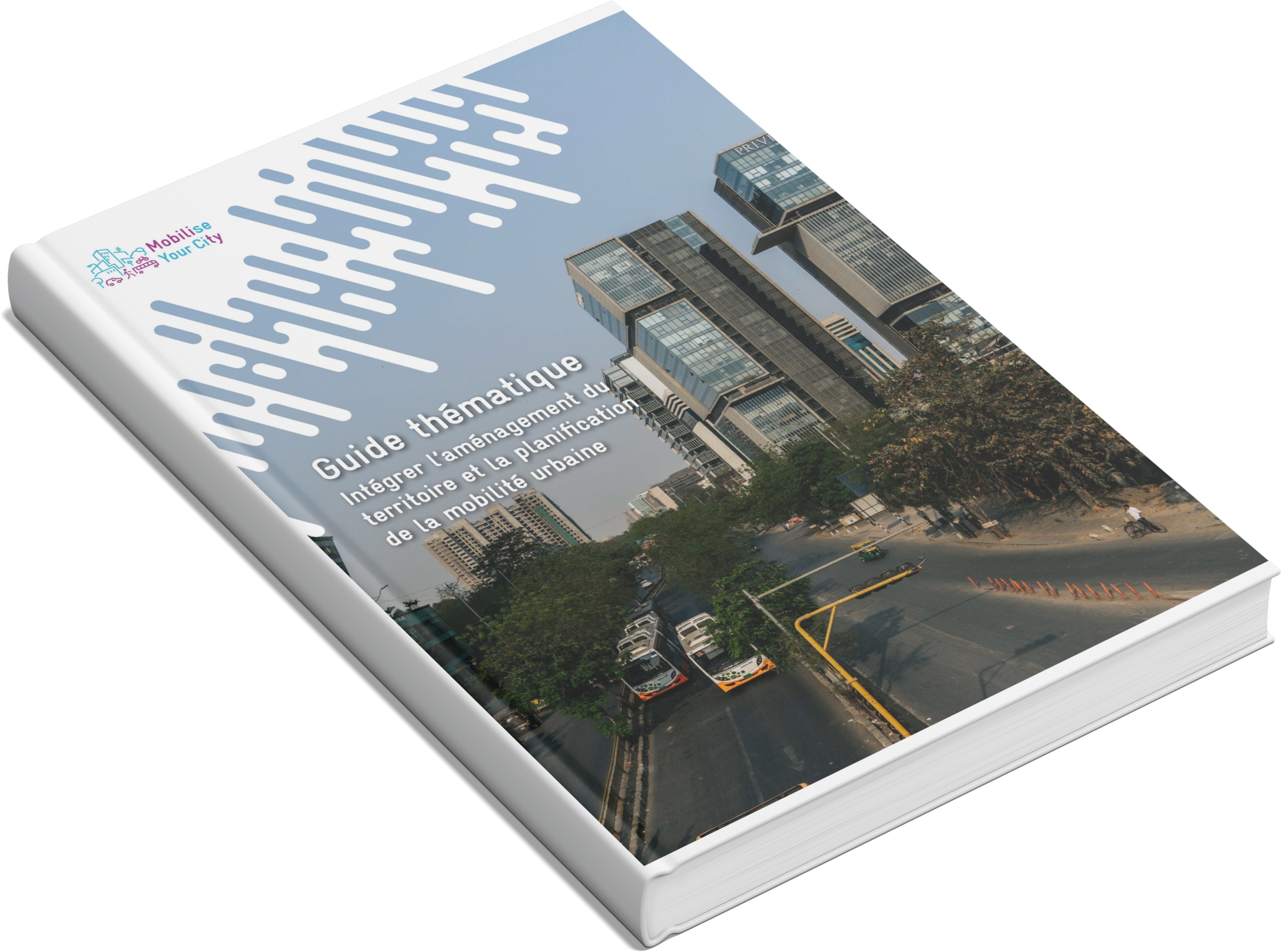Seven Strategies for Integrating Land Use Planning and Urban Planning

As our cities continue to grow and evolve, the need for thoughtful land-use and mobility integration becomes increasingly evident. Successful urban planning requires a strategic blend of tools and approaches that can adapt to the unique needs of each locality.
Below are seven strategies for urban planners and policymakers to create more sustainable, accessible, and enjoyable cities.
1. Development of Multipolarity: The concept of multipolarity in cities involves creating multiple centers of activity and commerce. This strategy disperses urban functions, reducing the need for long commutes and easing traffic congestion.
2. Targeted Densification: Encouraging denser urban development in specific areas not only optimizes land use but also promotes efficient public transportation and active mobility options.
3. Higher Capacity Public Transport: Investing in robust public transport networks with higher capacity vehicles ensures that more people can easily access different parts of the city, reducing the reliance on private cars.
4. Active Mobility Improvements: Creating pedestrian and cyclist-friendly environments in key sectors of the city encourages people to walk or bike, reducing the overall demand for vehicular transport.
5. Transit-Oriented Development (TOD): TOD is a holistic approach that focuses on creating vibrant, mixed-use communities around public transit hubs. It encourages people to live, work, and play within walking distance of transportation nodes.
6. The 15-Minute City: This exciting concept envisions urban areas where residents can access most of their daily needs, including work, shopping, and recreation, within a 15-minute walk or bike ride from their homes.
7. The 20-Minute Neighborhood: Similar to the 15-minute city, the 20-minute neighborhood aims to make essential services and amenities accessible within a 20-minute radius, further reducing the need for lengthy commutes.
The key lies in tailoring these approaches to fit the unique characteristics and challenges of each city. Rather than providing one-size-fits-all solutions, our latest Topic guide - Integrating land-use and urban mobility planning - proposes a methodology for crafting context-specific Sustainable Urban Mobility Plans (SUMP) that effectively merge land-use and mobility considerations. The Guide offers a deeper dive into the seven strategies above, drawing from diverse sources, including scholarly literature and real-world case studies spanning African, Asian, and Latin American cities.
By understanding and putting some of these contexts into practice, we can help pave the way for urban environments that are not only efficient but also people-centric, promoting a higher quality of life for all residents.